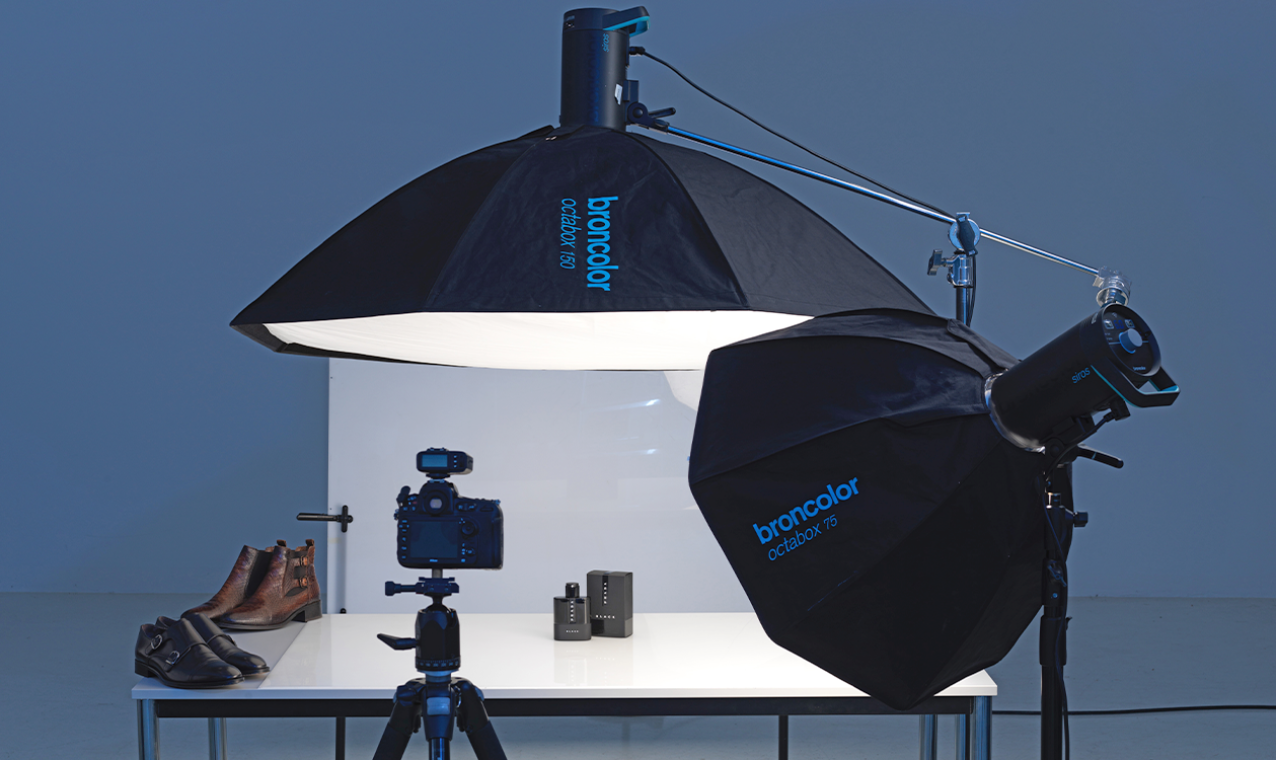What is Axis Lighting in Photography and How Can You Master It?
Axis lighting is a critical concept in the realm of photography, especially for those looking to create stunning images that evoke emotion and depth. Understanding what is axis lighting in photography allows photographers to manipulate light in ways that can enhance their work significantly. In this article, we will delve into the intricacies of axis lighting, its applications, advantages, and tips for implementing it effectively in your shoots.
Axis lighting is not just about illumination; its about creating a directive flow of light that accentuates the subject in dynamic ways. When wielded correctly, it can transform a flat image into a three-dimensional masterpiece that captivates onlookers. Lets explore this fascinating aspect of photographic lighting.

Understanding Axis Lighting
At its core, axis lighting refers to the technique of positioning the light source relative to the subject's axis. The axis generally runs perpendicular to the camera lens, and the light is positioned at varying degrees from this axistypically between 45 degrees. This positioning is essential in achieving the desired effects in photography.
Photographers often utilize axis lighting to create shapes and textures in their subjects. For instance, using a light source that casts shadows enhances the contours and adds dimensionality to a portrait, making the subject more engaging. This technique is particularly beneficial in rim lighting or product photography where details matter significantly.

Advantages of Axis Lighting
There are numerous advantages to mastering axis lighting in your photography practice:
- Depth and Dimension: Properly utilizing axis lighting can give your images depth, making them appear more three-dimensional.
- Accentuated Textures: Axis lighting also helps in highlighting the textures of the subject, which can be particularly effective in portrait or product photography.
- Emotion and Mood: Light positioned along the axis can drastically change the mood of the image, allowing you to evoke emotions in your audience.

Implementing Axis Lighting in Your Photography
Implementing axis lighting requires understanding the relationship between your subject, the light source, and your camera. Here are some essential tips:
1. Choose the Right Light Source
Understand the type of light you wish to usenatural light, continuous, or strobeand how it interacts with your subject. Each type of light has unique qualities that will affect the outcome.
2. Position Your Light Source
Experiment with the position of your light. Remember that moving the light source affects shadows and highlights. Start with the light source at a 45-degree angle to the subjects axis, then adjust based on the effect you desire.
3. Define Your Subject's Features
Use axis lighting to emphasize particular features of your subject. For example, in portrait photography, highlighting the cheekbones with light can create an attractive contrast.
4. Avoid Overexposure
Be cautious of your exposure settings. Axis lighting can create bright highlights; thus, adjusting your camera settings will help avoid overexposure, which can wash out fine details.

Conclusion
In summary, what is axis lighting in photography is a technique that can transform ordinary images into extraordinary pieces of art. By understanding and applying angle, position, and light quality, you can harness the full potential of light in your photography.
Interested in learning more about different lighting styles? Check out D-Lighting and studio lighting basics to expand your photography skills!
Frequently Asked Questions (FAQs)
What is axis lighting used for in photography?
Axis lighting is used to create depth and enhance textures in photography, making subjects appear more three-dimensional.
How do I set up axis lighting?
Set your light source at a 45-degree angle from your subject's axis and experiment with distance to achieve the desired effect.
Can I use natural light for axis lighting?
Yes, natural light can be used for axis lighting. Position your subject near a window or opening where light flows in at an angle.
As an Amazon Associate, I earn from qualifying purchases.

